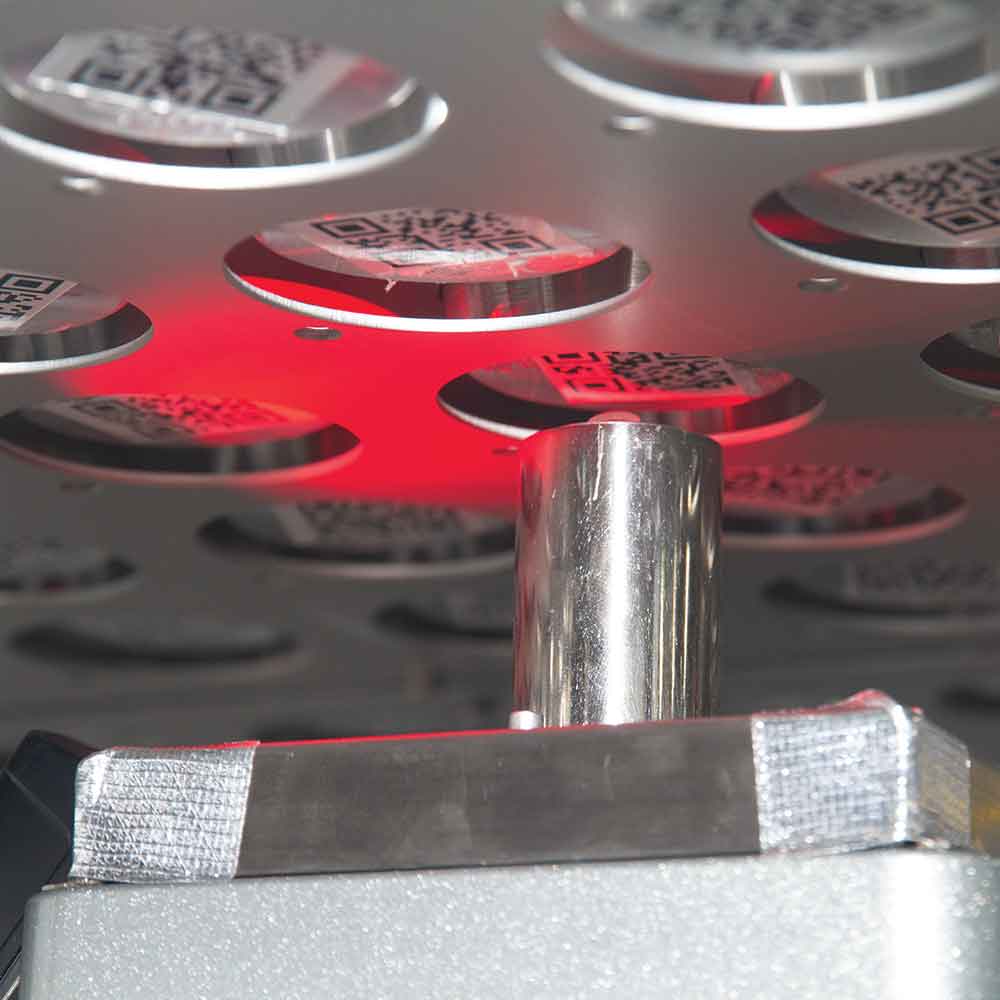Weighing and measurement find applications in almost every industry. It is an extensive process that involves substantial human effort, time, and resources for execution. That’s where automated weighing system solutions come to your rescue. The automated weight-based control helps address many of the issues encountered with manual weighing. These are the high-precision weighing systems that ensure higher productivity, greater efficiency, and consistency of results. Additionally, the balances used in these systems don’t physically contact the products being measured which helps prevent the risk of sample contamination.
If your company is looking forward to adopting a weight-based automated control system, here are six key factors you need to focus on to achieve optimum accuracy.
Latency
Latency is one of the most critical factors to look for. It defines how quick a measuring device or system is to respond to a change in weight. The lower is latency, the higher is the system’s weighing accuracy. This, of course, goes with productivity and quality as well. Low latency weighing systems can repeatedly measure samples with extreme precision in the shortest time to allow your control unit to make accurate decisions just at the right time. This means, apart from accurate low latency systems also speed up the weighing process. They can make control decisions within 10 seconds.
So, when choosing an automated weighing system, check the device sensors and balances for their latency.
Filtering method
Automated Weighing Systems in Australia may either feature active filtering or adaptive filtering mechanism. However, considering the fact that most of the weighing operations are carried out in an environment prone to vibrations, fast-active filters are deemed more appropriate.
This is because these filters tend to provide you accurate results, regardless of the environment they are operating in. Alternatively, fixed or averaging filters use have higher latency which retards the process resulting in inconsistent results. Since these filters use averaging rather than actual weight minus vibration, they are not suitable for high-speed accurate measurements. Thus, for optimum throughput, it is advisable to opt for systems with fast filters.
Communication type
Communication type here refers to how your device will share weighing data- whether cyclically or acyclically.
Acyclical communications, however, are not preferable because of their slow processing speed. Rather cyclical communications ensure you the fastest speed possible. As this communication type employs a floating data format, it can easily compare incoming data without reprocessing or checking for decimal points. To ensure your weighing system offers stable, secure, and error-free weighing measurements, it should feature cyclical data bits in form of alarm, motion, enter-of-zero, and data ok status help.
Networking requirements
This is another important criterion to consider. For streamlined communication, your weighing system should be compatible with industrial ethernet.
Industrial ethernet facilitates weighing data transfer at a rate up to 1,000 times per second. Because of such fast control experience, serial-based networks and serial-to-Ethernet converters fail to meet the requirements. Either they are incapable to exchange data at the required speed or face communication inconsistency. Due to this, the weighing data so received is irregular and unpredictable. To overcome this issue, it is recommended to opt for an automated weighing scale integrating deterministic devices. These devices are capable to send data in predictable and regular sequences for accurate results.
Controller capabilities
The speed of your weighing device’s controller has a profound impact on the overall performance of the system. Therefore, it is worth selecting a controller that is capable to process weighing data speedily and still be able to perform other functions glitch-free. Moreover, to enforce speed control, the control should be allotted in the sensor or at the terminal from where actuators are controlled.
Actuator optimization and material
Actuator and material flow have a key role in enhancing automated weighing speeds. If your material is fine, granular, and has symmetric particles, it is more likely to produce accurate and consistent results.
Furthermore, the actuators used in your weighing system should open and close fast enough to ensure the correct delivery of materials without any subsequent delay. The consistency with which conveyors works or valve open and close corresponds to accuracy. Thus, consistency is key to boosting control algorithms and achieving great outcomes.
Conclusion
To enhance your system’s automated weighing accuracy and optimize its performance, make sure to have a look at each element. Check specifications, data type, network, controller, and processing speed requirements to acquire a system that offers the highest accuracy, safety, quality, and performance.


